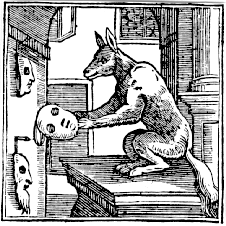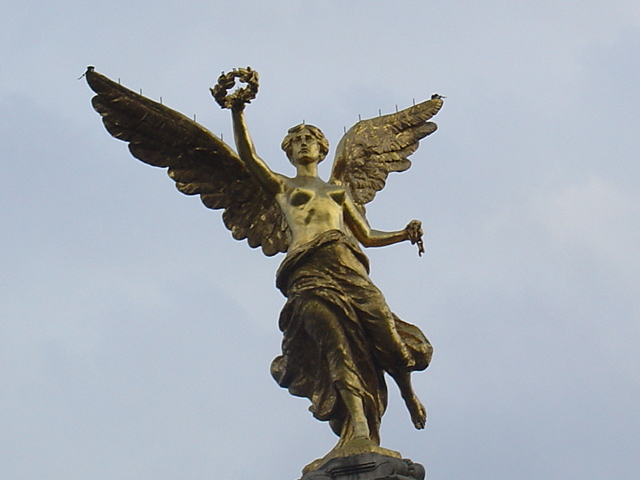|
Alciati
Alciati is an Italian surname. Notable people with the surname include: * Andrea Alciato, or Alciati (1492–1550) (Andreas Alciatus), Italian jurist * Dr. Gian Paolo Alciati della Motta (1515–1573) Italian Calvinist * Francesco Alciati (1522–1580), Italian Cardinal * Enrique Alciati (died after 1912), French-Italian sculptor {{surname Italian-language surnames ... [...More Info...] [...Related Items...] OR: [Wikipedia] [Google] [Baidu] |
Andrea Alciato
Andrea Alciato (8 May 149212 January 1550), commonly known as Alciati (Andreas Alciatus), was an Italian jurist and writer. He is regarded as the founder of the French school of legal humanists. Biography Alciati was born in Alzate Brianza, near Milan, and settled in France in the early 16th century. He displayed great literary skill in his exposition of the laws, and was one of the first to interpret the civil law by the history, languages and literature of antiquity, and to substitute original research for the servile interpretations of the glossators. He published many legal works, and some annotations on Tacitus and accumulated a sylloge of Roman inscriptions from Milan and its territories, as part of his preparation for his history of Milan, written in 1504–05. Among his several appointments, Alciati taught Law at the University of Bourges between 1529 and 1535. It was Guillaume Budé who encouraged the call to Bourges at the time. Pierre Bayle, in his General Dictiona ... [...More Info...] [...Related Items...] OR: [Wikipedia] [Google] [Baidu] |
Enrique Alciati
Enrique Alciati (died after 1912) was a French/Italian sculptor and teacher, born in Marseille, France, who contributed various sculptures in France and Mexico. His most notable artwork is the Winged Victory that crowns the Independence Column in downtown Mexico City. Career He began his career in Marseille as a sculptor following the French school. In 1886, he received an honorable mention for his works in the Salon des Artistes Français, where he exhibited regularly until 1913. In all his works Alciati adhered to the classical tradition, while the influence of Rodin is also quite prominent. It is thought he moved to Mexico City in 1889, where he quickly won critical acclaim for his marble and bronze busts of Mexican personalities. In 1891 he was commissioned by the Mexican government to create statues of national heroes for Paseo de la Reforma, in Mexico City. Of special mention is the statue of Colonel Miguel López, for which Alciati won prizes at the 1893 World's C ... [...More Info...] [...Related Items...] OR: [Wikipedia] [Google] [Baidu] |
Gian Paolo Alciati
:For other people surnamed Alciati Dr. Giovanni Paolo Alciati della Motta (1515 in Savigliano – 1573) was an Italian Calvinist and friend of Giorgio Biandrata and Giovanni Valentino Gentile, one of the participants of the antitrinitarian Council of Venice The Council of Veneto or Synod at Venice 1550 was a meeting in Venice of the anabaptist radicals of Northern Italy. History The Council had been preceded by the antitrinitarian ''Collegia Vicentina'' (Lat. ''Vicenza colloquia'') in Vicenza in whi ... in 1550. Like Biandrata and Negri he moved to in Poland.The Oxford encyclopedia of the Reformation: Volume 2 Hans J. Hillerbrand - 1996 ".community in Pinczow that included himself and Biandrata, plus Alciati and Francesco Negri (1500- 1563)." References {{DEFAULTSORT:Alciati, Giovanni Paolo 1515 births 1573 deaths Italian Protestants ... [...More Info...] [...Related Items...] OR: [Wikipedia] [Google] [Baidu] |
Francesco Alciati
Francesco Alciati (2 February 1522 – 20 April 1580) was an Italian Cardinal. A native of Milan and a relative of Andrea Alciato, he became one of the most important law professors in Milan. His best-known student in Pavia was St Charles Borromeo. He excelled in science and literature and was a model of erudition. Under Pius IV he became a bishop, datary, pro-camerlengo, Cardinal deacon of Santa Maria in Campitelli and Cardinal priest of Santa Susanna. He became Protector of the Order of the Carthusians and Protector of the kingdoms of Spain and Ireland to the Holy See. Under St Pius V he became vice-penitentiary and later grand penitentiary The Apostolic Penitentiary (), formerly called the Supreme Tribunal of the Apostolic Penitentiary, is a dicastery of the Roman Curia and is one of the three ordinary tribunals of the Apostolic See. The Apostolic Penitentiary is chiefly a tribu .... He died in office and was buried in Rome in the Carthusian Church of Santa Maria degli ... [...More Info...] [...Related Items...] OR: [Wikipedia] [Google] [Baidu] |

